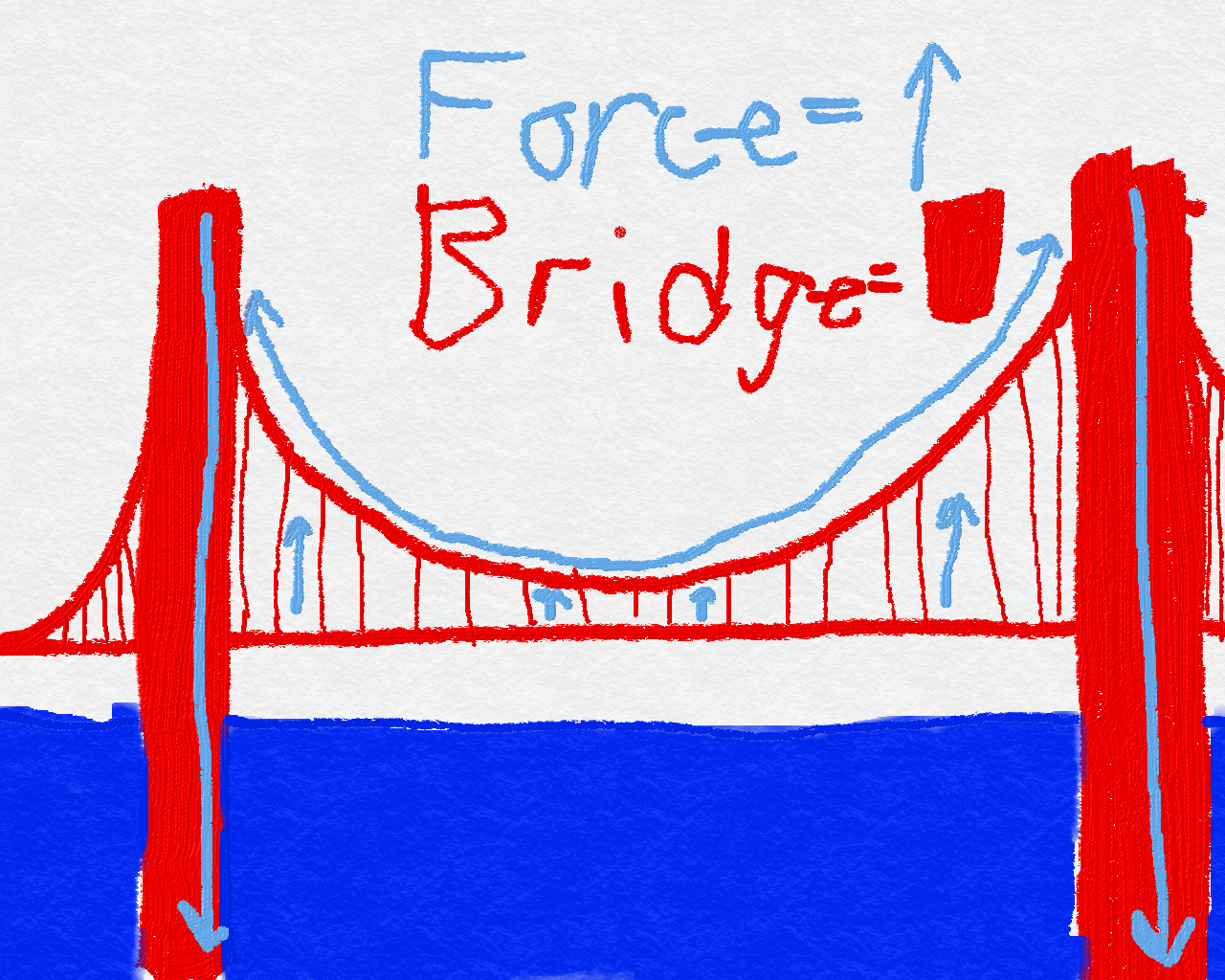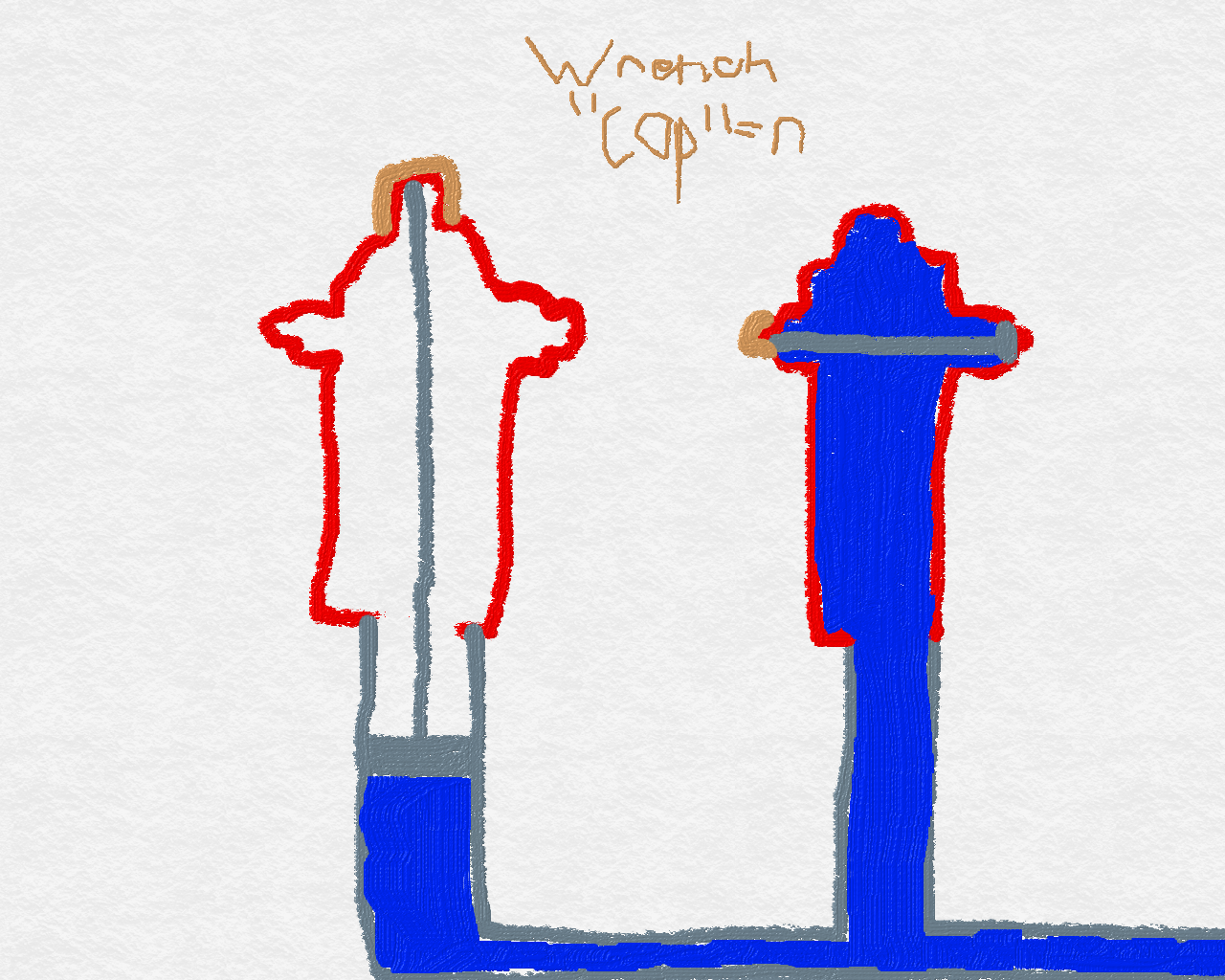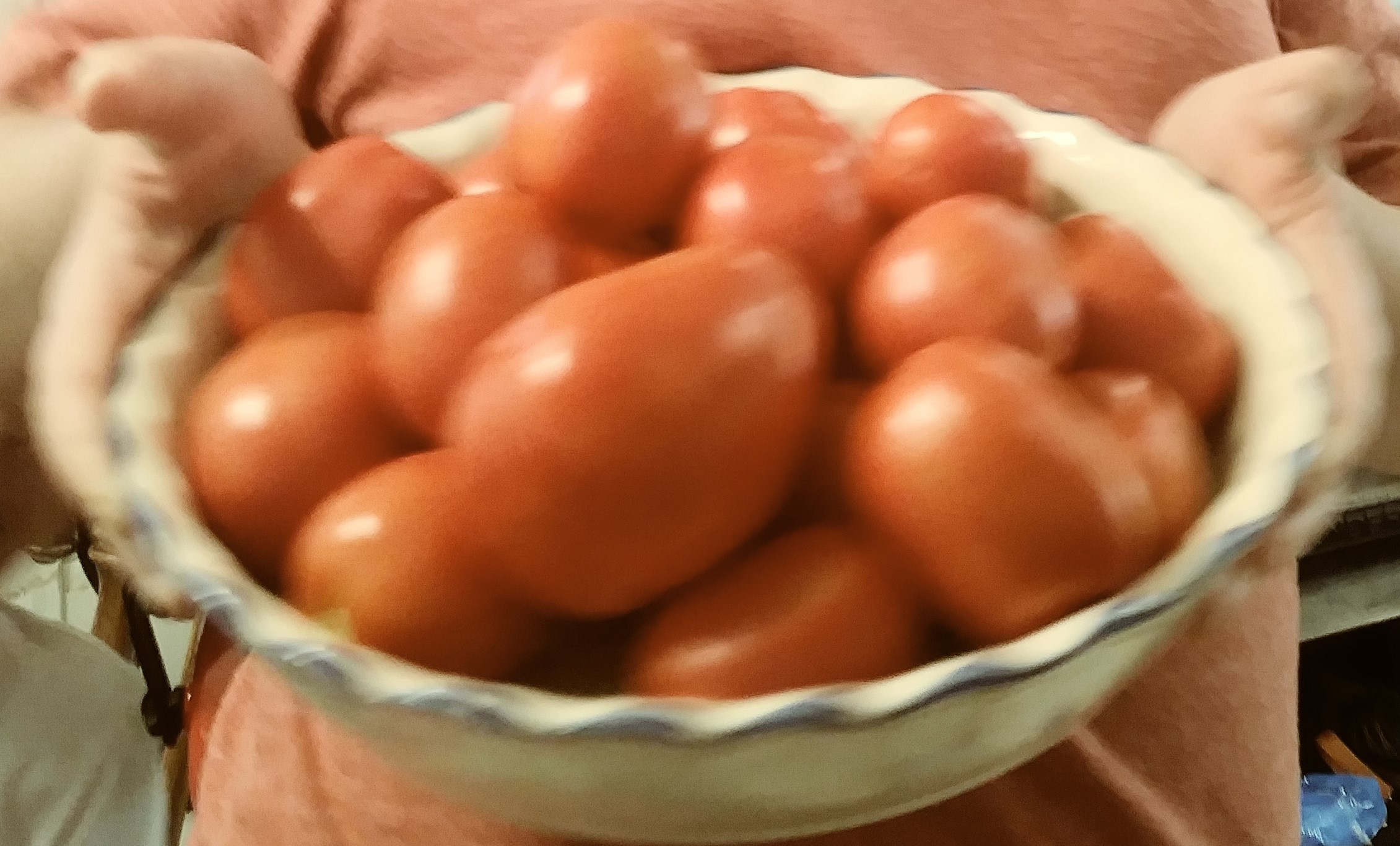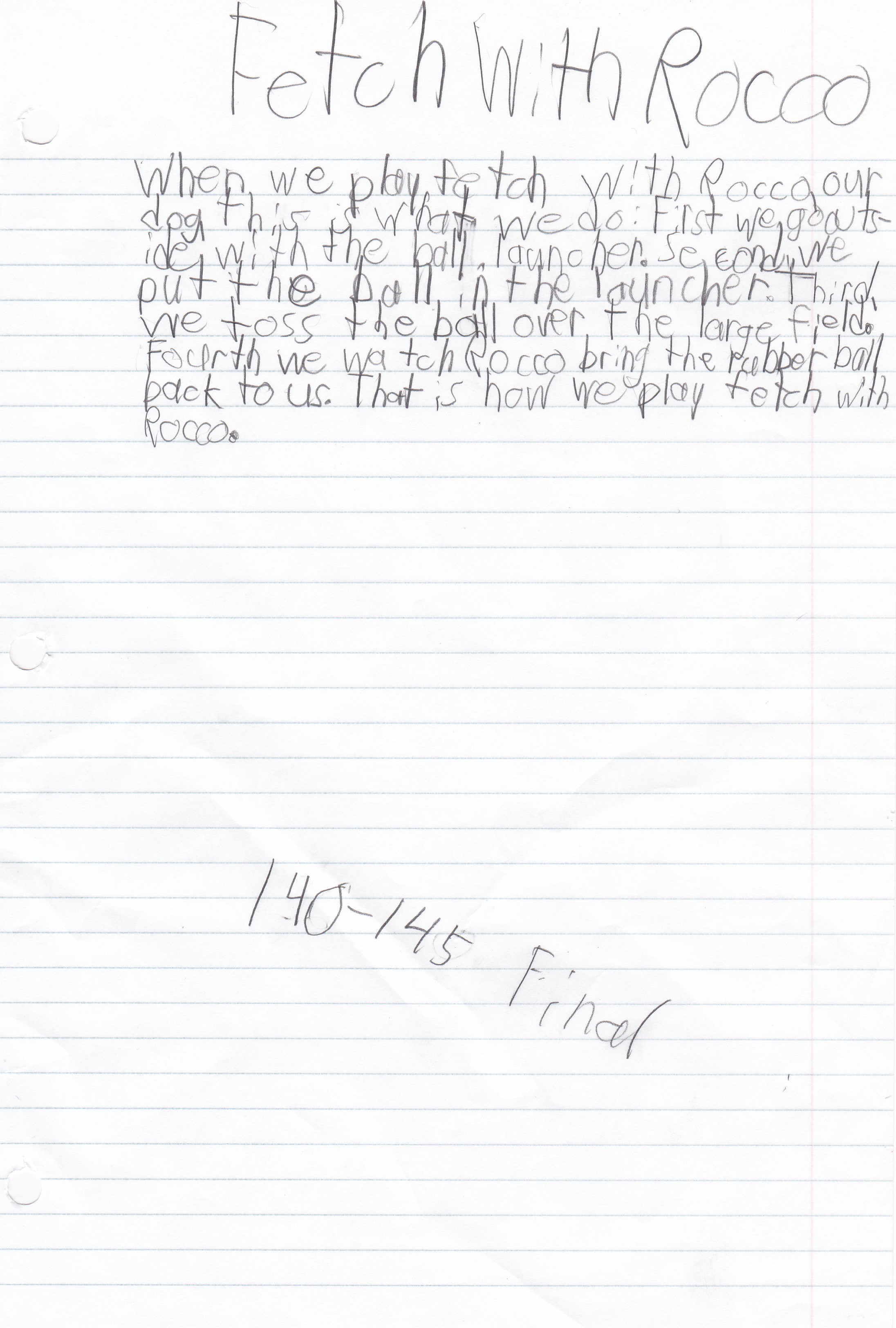My favorite thing to do is go biking with my cousins at the park. We have only done it once, but I think we are planning to do it again soon. We pack all our bikes into the back of the car and go to our state park. Me, my middle brother, my oldest cousin, my second oldest cousin, and my fourth oldest cousin race around the big loop of 2.32 miles (3.74 km) while everyone else walks around the small loop (slightly more than 0.7 mi (slightly more than 1.1 km)). Tomorrow we’ll go hiking with them at the same park. My other hobbies include playing soccer, sewing, coding, reading, and gardening. I have a few hobbies, but my favorite one is definitely riding bikes with the cousins at the park.
History lesson #15
- Pencil
- Stethoscope
- Tunneling Shield
- Paved Roads
Pencil
Ancient Times: Clay Tablets Are Used To Write.
Ancient Romans And Greeks: Wax Tablets Are Used To Write. They can be erased
Middle Ages: Feather Pens Dipped In Ink And Written On Early Paper Is Used
1500’s: Pencil is invented in England and the English gain a pencil monopoly because they have good graphite.
1789: The French Revolution Begins and English Pencils cannot be imported. That Brings Us To Today’s Lesson.
A french government official asked a man named Conte to invent a different kind of pencil with a different kind of lead. France had access to powdered graphite, but not solid graphite like England. Conte mixed clay with this powdered graphite, and got sturdy graphite that could be made into rods. Different kinds of marks could be made depending on how much clay you mixed in. Henry David Thoreau re-invented the Conte pencil in America in the 1820’s. Conte is still a pencil brand today even.
1822: The Mechanical Pencil Is Invented In England.
2007: Smart Pen Is Invented In The United States Of America For Computers, Smartphones, And Tablets.

For Information on the pencil from another lesson, click on the link below
Stethoscope
Laennac invented the stethoscope in France while working at a hospital. He got inspiration from watching children playing a game. One would hold a hollow stick to his/her ear, and the other would scratch a pin on the other end of the stick; The result was that the scratching of the pin would be amplified in the first child’s ear. His first stethoscope was a rolled up newspaper, but he later made one out of a hollowed out wood tube. He used it to identify an issue with the body and later his nephew used the stethoscope diagnose Laennac with Tuberculosis, which he died from not long after. The stethoscope spread rapidly, and now it is a symbol of hospitals and doctors internationally.
Tunneling Shield
London was a growing city in the 1700 and 1800’s, resulting in a need to travel under the Thames River, rather than over it. Marc Brunel invented the tunneling shield to help accomplish this. Brunel was inspired by a ship worm that ate through wood. The tunneling shield is a structure that is dropped into a hole and used to hold the dirt above the workers. You go in the tunneling shield, dig some of the dirt out, push the tunneling shield forward, and lay down bricks as a permanent support structure. Cave-ins became less common due to the tunneling shield. More modern tunneling shields were made, and also a tunnel under the English channel between England and France was built.
Paved Roads
John McAdam, after having become wealthy during the American Revolution, invented the paved road we have today in 1816 in Britain. The Interstate was invented, and that is what holds our economy together. Paved roads were made of gravel and later tar.
History Lesson #10
Summarize each of the inventions you studied this week and how they impacted history.
- Vapor-Compression Theory
- Oliver Evans
- Percussion Ignition
- Canning Process
Vapor-Compression Theory
In the Summer it is hot and that can be uncomfortable for us and it would make food spoil faster than if the food was cold. Oliver Evans (see below) wrote about vapor-compression refrigeration in 1805. Below is how it works in an image:

https://upload.wikimedia.org/wikipedia/commons/5/5d/Refrigeration.png
The refrigerator and air conditioning came from the vapor compression process. In fact, if you are reading this in hot weather but are cool, this is why.
Oliver Evans
Flour was low-quality and hard to make in America. Oliver Evans built a flour mill on the Evans’ family farm so he could try to improve the milling system. He made a bunch of inventions that weren’t very important on their own, but together they pretty much automated the process of milling. Evans also invented the vapor compression theory (see above) and wrote about it in 1805. Vapor compression dramatically changed the world too.
Percussion Ignition
Once their was a flintlock gun firing system. John Forsyth invented the percussion cap. One issue with the flintlock system (in duck hunting, Forsyth’s hobby) was that you would pull the trigger, and a cloud of smoke would come up that the target would see, and get out of the way before the bullet fired. The percussion ignition system was faster, giving the target less time to get away, and it also worked when wet, unlike the old flintlock system. Unfortunately, Forsyth patented his invention, and, like John Kay with his flying shuttle, he went bankrupt and went back to preaching. However, the invention was still successful. It led to the modern bullet, which was very efficient and helpful.
Canning Process
Napoleon offered prize money for a better way to get food to the army after the French Revolution. (Some of you can probably guess the rest. For the benefit of the those who can’t, and so I can successfully complete this essay, I will continue) Nicolas Appert got motivated and invented the canning posses. He used glass jars, but later tin cans were adopted by Napoleon. The army could now get a lot of canned food before leaving for war, and canning led to something most people who have large gardens (like us) do. In fact, within the next week, I am going to can for the first time ever with my own homegrown tomatoes. Canning also led to the mason jar, and now foods could be preserved for years.
Also, List two or three sources of motivation that you think are powerful enough to drive inventors to pursue their inventions, even in the face of adversity like bankruptcy and ridicule.
- Their own lives
- Other people’s lives
- Money
Their own lives
The inventor’s own life could be impacted by their invention, and I think that would drive motivation. Take John Forsyth’s percussion ignition system for example. His motivation was that the old system of firing guns was not effective. His invention started with his hobby, duck hunting. His gun was in inefficient, and he did not catch any ducks. The only issue was he enforced his patent. THAT is the only reason he went bankrupt.
Other people’s lives
The lives of other people could be impacted by the invention, and I think that could drive motivation. Take the flour mill of Oliver Evans for example. Evans saw the problem of poor quality flour, and decided to fix it. This helps other people as well as himself. He had trouble marketing his invention, but (he) didn’t give up because he knew he had an invention that could help other people.
Money
I am going to give to examples of money motivated inventions: The Marine Chronometer and the Canning Process. The Marine Chronometer’s inventor was motivated by the Longitude Act of 1850, while Nicolas Appert was motivated by rewards issued by Napoleon.
🌉History Lesson #5🌉
Inventions
- Suspension Bridge
- Fire Hydrant
- Locomotive
Suspension Bridge
An early form of the suspension bridge was invented in the middle ages, in the form of vines (and later chains) with wood planks stretched across them. The suspension bridge was improved a lot by James Finley when he invented the modern suspension bridge like in the picture below.
The suspension bridge works like this:

One of the impacts of the suspension bridge was travel was made easier over water. The bridge allowed people to get to other cities over rivers and maybe even small bays.
Fire Hydrant
Frederick Graff invented the wet barrel fire hydrant out of the fire plug around 1800 AD. The fire plug was a hole in the sewer pipe for water to come out of. The wet barrel had water flow up through the barrel to a valve above ground. One disadvantage of the wet barrel is that the water freezes because it is above the frost line, and that stops the water from being available to fight the fire. However, the dry barrel keeps the water under the frost line with an underground valve, so therefore the water doesn’t freeze. Below I have a picture of a dry barrel on the left, and a wet barrel on the right.

The fire hydrant’s impact was that fires could be fought easier and so more lives and property were saved.
Locomotive
The locomotive had a VERY big impact on history, as it was the first steam powered method of transportation. Using the Watt steam engine, the train would have the rotational motion connect to the wheels and the train would then move along the tracks. Trains allowed transportation all over the countries of France, Britain, the United States Of America, and others.
My Favorite Invention This Week
My favorite invention this week was the fire hydrant. I learned how they work for the first time ever. I think fire hydrants are interesting pieces of machinery. That is why the fire hydrant was my favorite invention this week.
My Favorite/Only Vacation Ever: English Lesson #5-10
My Only Vacation
My only vacation ever was when my great uncle passed around labor day 2019. It was August 31-September 2. The funeral was the 31st, so we went straight to my great-grandpa’s house where we would spend the 3 days. We got our stuff settled in and went to the funeral. We got back, and met up with my uncle and cousin, who had decided to come up (north to grandpa’s). We ate dinner and slept. The next morning, we (me, my 2 bros, our uncle, and cousin) played RISK until my cousin got in a fit, and my uncle decided to take him home. We ate lunch, tried out a golf cart Dad had fixed that day, and played games and stuff with each other (me and my two bros). That evening (right before bed) our other cousins came while we had a campfire. They stayed the night in the house or tents. We made pancakes for breakfast, and spent the morning having fun. Just before lunch, we got our stuff packed up, and went to our great-grandma’s house, which was a little north. She is our great-grandma on our grandpa’s side, while our great-grandpa is on our grandma’s side. We had a big family get-together on labor day as we always do; we had lunch. After the get-together, we left for home. That was my only vacation ever.
Science Lesson #3: My Favorite Plant
Tomato Plant
My favorite plant is the tomato. I like to eat tomatoes and they are fairly easy to grow. This is a picture of my 2020 crop:

This year I grew Roma tomatoes, but next year I think I will grow two Cherry tomato plants, one Roma tomato plant, and one Beefsteak tomato plant, rather than my four Roma tomato plants this year. I am going to use this year’s tomatoes in Salsa, on Cheeseburgers, and in Salad.
(see next page for questions my teacher asks me to answer)
One Of My Favorite Recipes That I Want To Cook (Again) After Food Science And Chef School: Science 5 Lesson 1
- What is the recipe? Banana bread: https://pbskids.org/lunchlab/food/recipe/banana-bread. I have made this recipe many times before on my own. I also have a salsa recipe to try with homegrown tomatoes.
- What ingredients are needed?
- 4 bananas
- 3/4 cup sugar
- 1 stick unsalted butter
- 2 eggs
- 1 tsp vanilla extract
- 1 1/2 cups flour
- 1 1/2 tsp baking soda
- 1/2 tsp kosher salt
- Who would you like to share it with? My family.
- How can you encourage someone else with this experience? I can encourage my two brothers to become good cooks too.
Grade 4 Categories
Fetch: Narrative Essay

The Best Story I Have Ever Read: Tom Swift And His Motor-Cycle
English lessons #85-90
My Favorite Essay So Far!
Tom Swift Series: E-book For 99 Cents
Tom Swift and His Motor-Cycle
This is my favorite book because it has very many adventures, and I would highly recommend it for people who like adventures. Below I have made a summery.
WARNING!
SPOILER ALERT!
We are here introduced to Tom and Barton Swift, (Tom, son, Barton, Tom’s dad). These two had made many inventions. Tom had almost been run over on his bicycle by the town bully, Andy Foger aka Tom’s worst enemy, and had a narrow escape. He made it home yet, had accidentally run into a man in a horse and carriage. The man, Eradicate Samson, was promised work at the swift house. He later became a full-time worker for the Swift home. He got home, and later, looking out the window, was surprised to see a motor-cycle “climb a tree” as they later “named” the event. There, tom made his acquaintance with Wakefield Damon, who later became a best friend to Tom. Tom then bought the motor-cycle, and went to Albany with a turbine motor of his father, as well as some valuable papers. He was caught in a storm, and was there robbed of the model and papers. After that, he went home. Later, he and Mr. Damon sprung a trap at the HQ of the Happy Harry gang (as it was called by Tom), and got the papers and model back. During the trap of the criminals, Tom ended up sleeping in a motor boat, which he later bought himself.